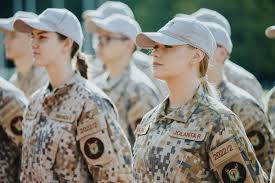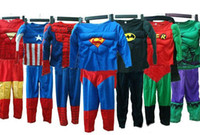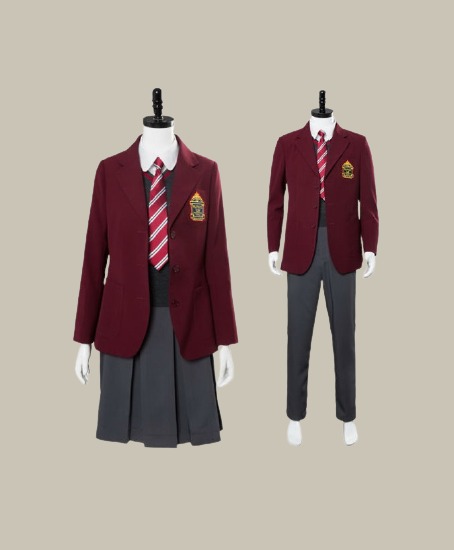Stamp: Royal Scot Greys Reg. - England, 1815 (Ajman 1972)
Royal Scot Greys Reg. - England, 1815 (Ajman 1972)
23 July (Ajman ) within release Military Uniforms (II) goes into circulation Stamp Royal Scot Greys Reg. - England, 1815 face value 1 United Arab Emirates riyal
| Stamp Royal Scot Greys Reg. - England, 1815 in catalogues | |
|---|---|
| Michel: | Mi: AJ 1795B |
| Colnect codes: | Col: AJ 1972.07.23-4c |
Stamp is square format.
Also in the issue Military Uniforms (II):
- Stamp - 1st Royal dragoons - Angleterre 1939 face value 1;
- Stamp - Artilleur de la garde a cheval - France 1815 face value 1;
- Stamp - Flagpole - France, 1913 face value 1;
- Stamp - French Guard - France, 17th century face value 1;
- Stamp - Garde du corps - France 1750 face value 1;
- Stamp - Guard of Clovis I - France 482-511 face value 1;
- Stamp - Guide de Napoléon - France 1799 face value 1;
- Stamp - Heavy Infantry - Byzantium, 7th century face value 1;
- Stamp - Knight - Carolingian Empire, 9th cent. face value 1;
- Stamp - Light Cavalry - France, 1st Empire face value 1;
- Stamp - Mercenary - Gaul, 1st century BC face value 1;
- Mini Sheet - Military uniforms face value 19*1;
- Stamp - Netherlands troops - England 17th cent. face value 1;
- Stamp - Paratrooper - France 1960 face value 1;
- Stamp - Regiment de Lorraine - France XVIII . S face value 1;
- Stamp - Royal fusiliers - Angleterre face value 1;
- Stamp - Royal Scot Greys Reg. - England, 1815 face value 1;
- Stamp - Royal tank regiment - Angleterre 1917 face value 1;
- Stamp - The bufps ( Royal East Kent ) - Angleterre 1742 face value 1;
- Stamp - Turkish infantryman - Turkey, 17th century face value 1;
Stamp Royal Scot Greys Reg. - England, 1815 it reflects the thematic directions:
A military, also known collectively as an armed forces, are a heavily armed, highly organized force primarily intended for warfare. Militaries are typically authorized and maintained by a sovereign state, with their members identifiable by a distinct military uniform. They may consist of one or more military branches such as an army, navy, air force, space force, marines, or coast guard. The main task of a military is usually defined as defence of their state and its interests against external armed threats. Вооруженные силы,
In clothing, a suit is a set of garments made from the same cloth, usually consisting of at least a jacket and trousers. Lounge suits (also known as business suits when sober in colour and style), which originated in Britain as country wear, are the most common style of Western suit. Other types of suit still worn today are the dinner suit, part of black tie, which arose as a lounging alternative to dress coats in much the same way as the day lounge suit came to replace frock coats and morning coats; and, rarely worn today, the morning suit. This article discusses the lounge suit (including business suits), elements of informal dress code.
A uniform is a variety of costume worn by members of an organization while usually participating in that organization's activity. Modern uniforms are most often worn by armed forces and paramilitary organizations such as police, emergency services, security guards, in some workplaces and schools, and by inmates in prisons. In some countries, some other officials also wear uniforms in their duties; such is the case of the Commissioned Corps of the United States Public Health Service or the French prefects. For some organizations, such as police, it may be illegal for non-members to wear the uniform.


